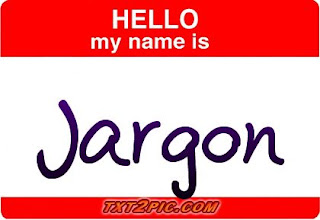
Jargon of the Day: Monetization
Meaning: Monetization means something slightly different in a humanitarian and development context than it does in social media. In this case, it means selling food aid commodities in order to take the money and fund non-food projects. Many, perhaps most, food aid projects are actually monetization projects. It’s often the most useful thing to do with donated rice or flour.
I hate this word because it keeps you from thinking about what a convoluted process selling commodities actually is. It’s a tidy, professional-sounding word that covers up the fact that we are taking American-grown commodities, selling them in foreign countries, and then using the money for projects. Perhaps we should just donate money in the first place?





